Known as the driest region in the country, in recent years this situation in Binh Thuan has become increasingly severe. Understanding the greatest desire of the people here, at the 5th Session - 15th National Assembly, the Ka Pet Reservoir Project in Ham Thuan Nam district was considered by the National Assembly, and the decision to adjust the investment policy... will bring "lifeblood" to the people in the drought area. This is the expectation and great joy of the Party Committee, government and people of Binh Thuan province.
Lesson 1: Struggling to find the source of life
In mid-May, the sudden summer showers came and went quickly, making the "thirst" of the people in the two ethnic minority communes of Ham Can and My Thanh - Ham Thuan Nam district still not quenched. The people here have been struggling to find water for daily life and production...
Well "grows" in the middle of the riverbed
9:00 a.m. Mr. Mang Van No in village 1 - Ham Can commune - Ham Thuan Nam district and some households in the hamlet went to the end of the Linh river with hoes and shovels to dig wells to collect water for daily use and for livestock drinking. Being the largest river in Ham Can commune, Linh river has become the source of life for the people here. Although it is early summer, the Linh river has dried up, its bottom exposed. In many sections of Linh river, the sand and rocks on the riverbed are exposed, forming dozens of meters long. Walking on the rocky carpet of the riverbed, we felt the heat as if it could melt our shoes. In the distance was a field of withered grass, covered in a silvery color.
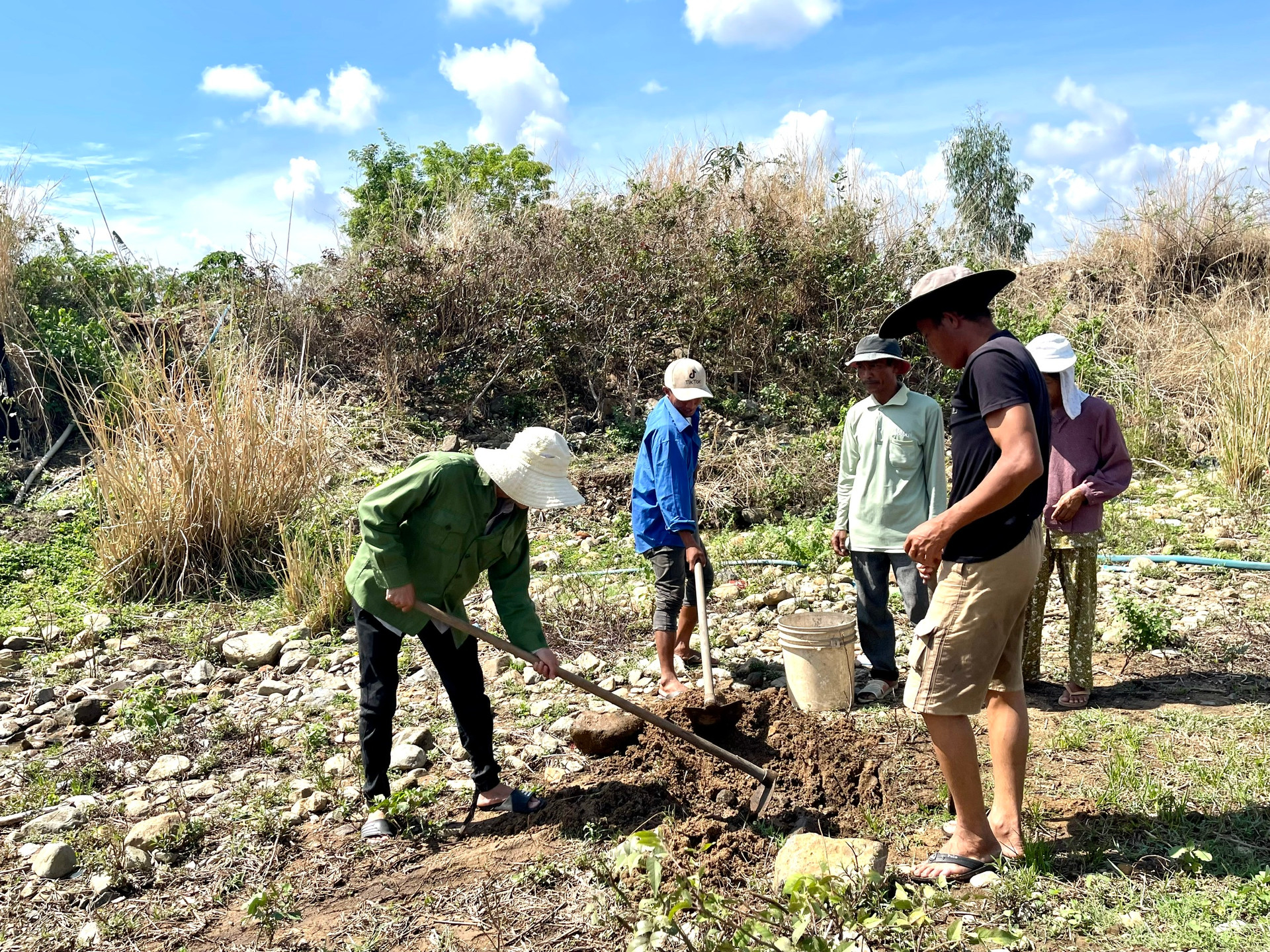
Mr. Mang Van No, while hoeing the land nonstop, told me that a few years ago his family had dragon fruit but because there was no water for irrigation, they had to uproot it to plant hybrid corn. However, now it is the dry season, the land is dry and arid so it is not possible to plant, Mr. No dug a well in advance to get water for daily use. "Every year, at the peak of the dry season, about 3 or 4 households in the village contribute to dig a well at the end of the Linh River. Then, they contribute money to buy a water pump from the river, filter it, let it settle and use it. This water is used for drinking, washing vegetables, washing dishes, bathing and all other daily activities" - Mr. No said. Sharing about the water shortage in Village 1, Mr. Mang Can - Village Chief said: Village 1 is mainly inhabited by Raglai ethnic people. The whole village has 525 households with 1,867 people, the total crop area of the village is 800 hectares, 100% of which depends on rainwater. "When it rains, there is water, when it stops raining, there is no water. The whole village has about 100 hectares of dragon fruit but is also gasping for rainwater, the remaining area is left bare and barren" - Mr. Can said.
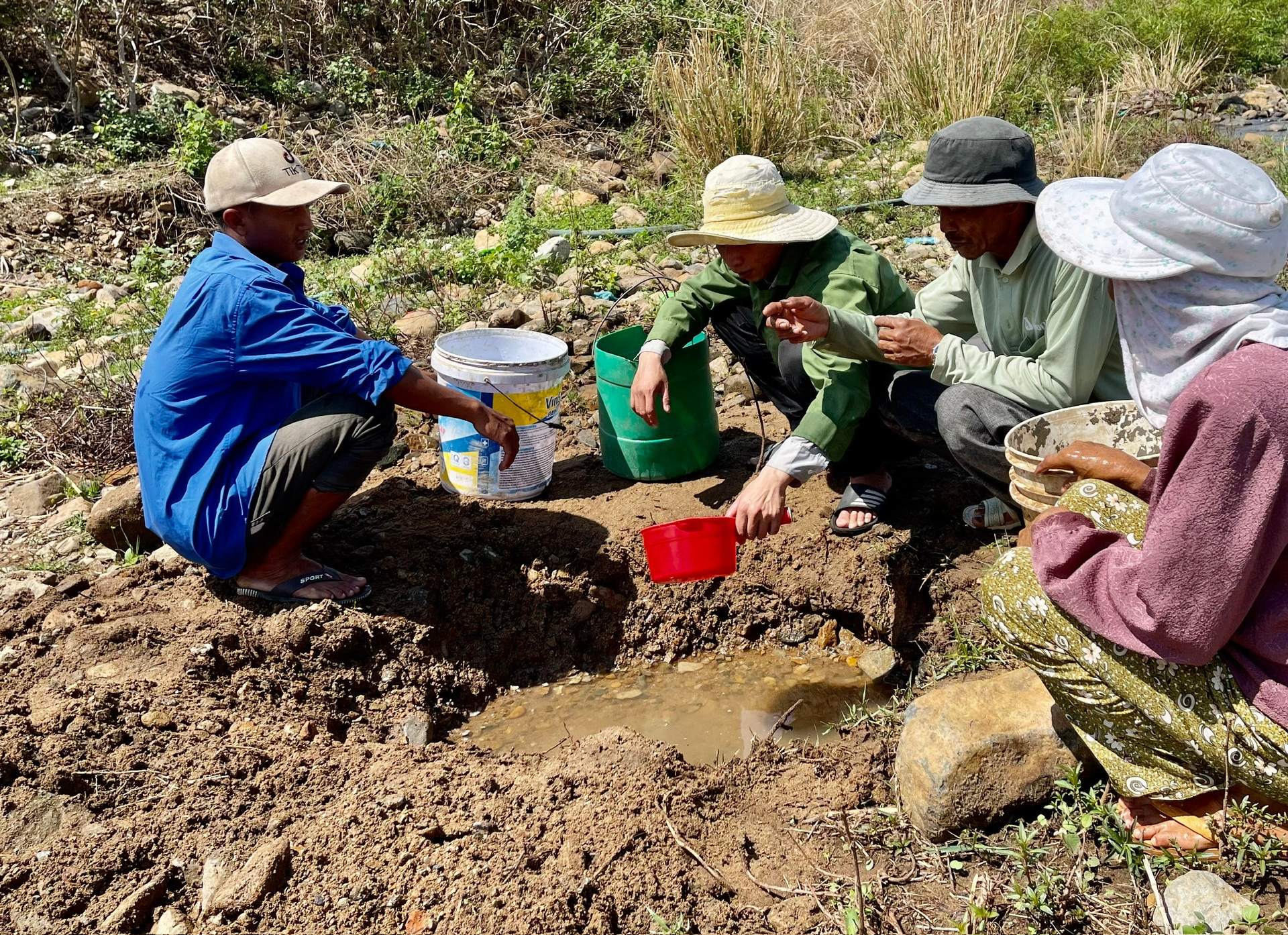
Saying goodbye to Ham Can commune, we followed the inter-commune road, crossed 10 km of forest road to My Thanh commune to learn about the water shortage situation. In the harsh sunlight, Ms. Nguyen Thi My still hurriedly collected cow dung to earn money to support her family and send her children to school. "My 2 sao of rice land has been left unused for several months now, although we have tried many ways to find water for daily life and production, we are helpless because the canals and streams in the village have dried up" - Ms. My said sadly.
Mr. Tran Ngoc Quang - Vice Chairman of My Thanh Commune People's Committee said: My Thanh has nearly 300 Rai ethnic households living on agriculture, but currently the entire agricultural land area of the commune can only produce one crop thanks to rainwater. The agricultural support policies to help people escape poverty are not effective because people do not have water for production. Currently, the economic life here is extremely difficult, people in the commune all have to work for hire, collect cow dung or go into the forest to find honey and fallen fruit. The socio-economic development of the commune is extremely difficult, although it has not officially entered the dry season, the agricultural land area of the commune has to be left idle due to lack of water...
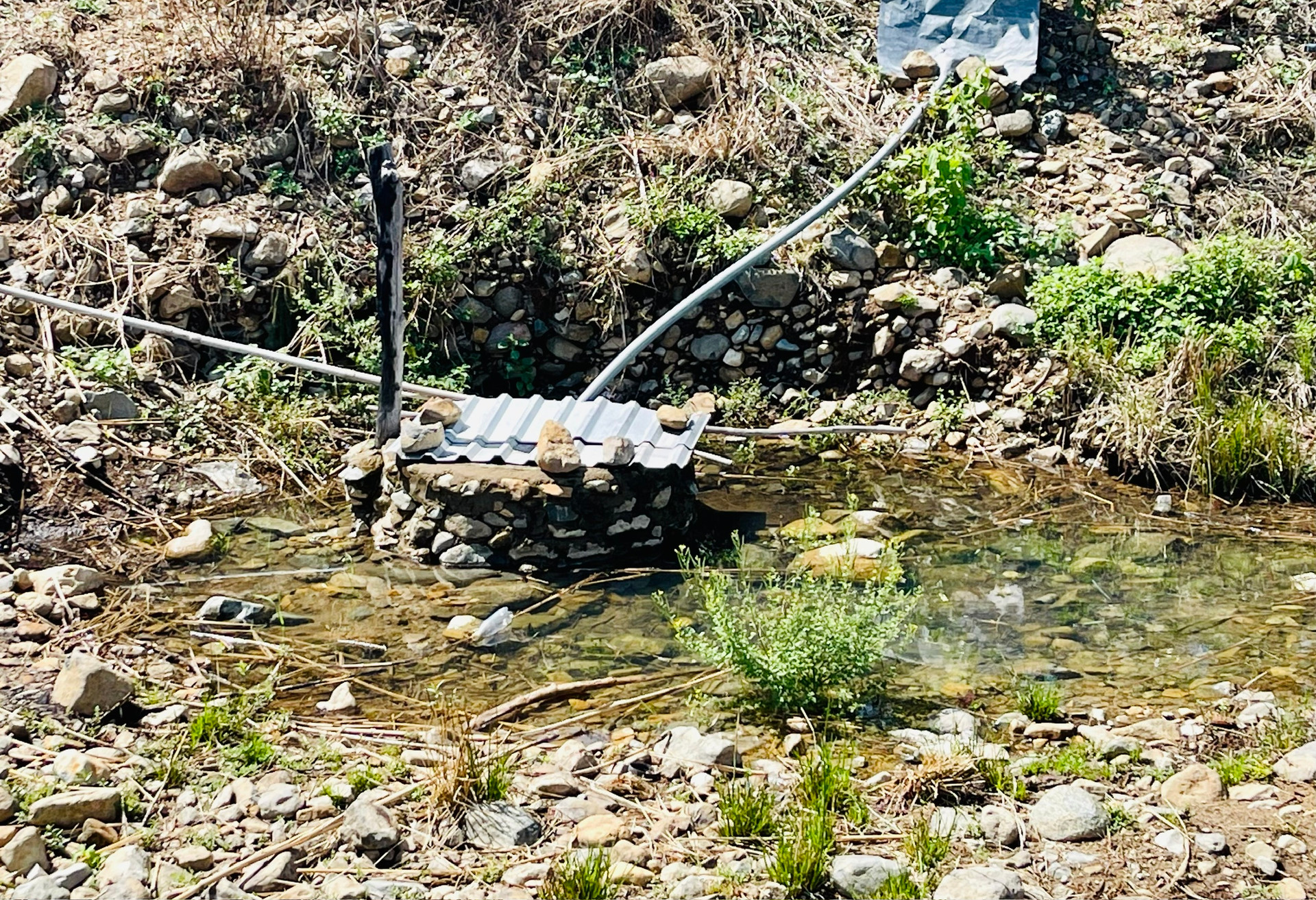
Longing for... water
According to the representative of the leader of Ham Thuan Nam district, the whole district currently has about 23 irrigation works capable of exploiting water with a total designed irrigation capacity of about 12,656 hectares, the actual irrigation area is about 6,081 hectares. Because most of them are small dams and ponds, the ability to store water to supply in the dry season is very limited, only irrigating over 13.50% of the production land area of the whole district. Not only that, the lives of people in mountainous and highland communes where many ethnic minorities live such as My Thanh and Ham Can mostly face many difficulties due to frequent water shortages for production and daily life. Water on rivers has been exploited for a long time, serving all human activities such as daily life, agricultural production, industry, aquaculture... Groundwater sources are currently being exploited widely and uncontrolled to serve mainly irrigation for dragon fruit trees, leading to depletion and saltwater intrusion occurring in many places. However, because the constructed works are small in scale, most of them are dams exploiting the base flow, the efficiency is not high, and will not meet the requirements of future socio-economic development.
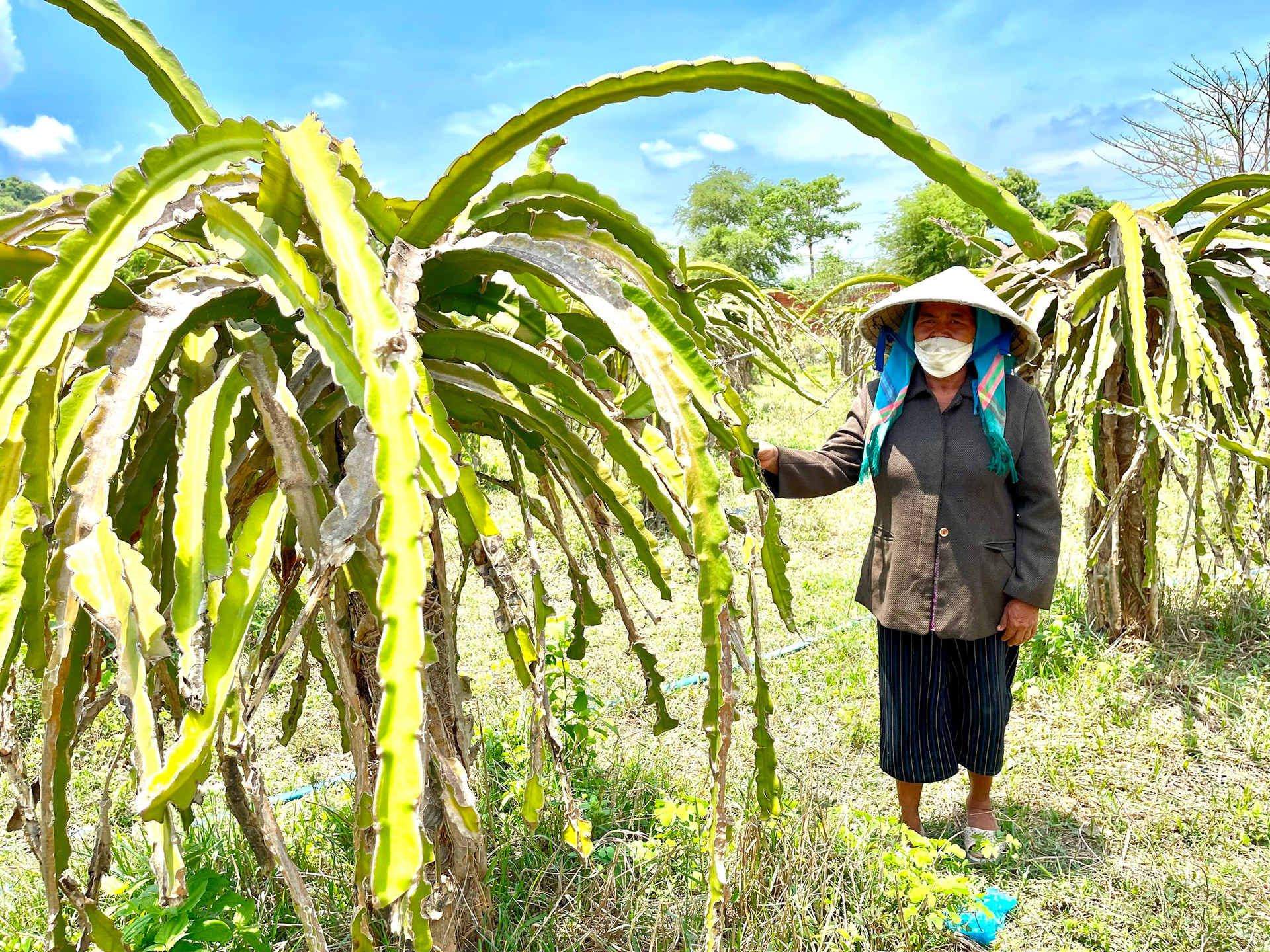
In order to ensure enough water for daily life and production in the 2022-2023 winter-spring crop, from the beginning of April 2023, the People's Committee of Ham Thuan Nam district issued a plan to regulate water sources for daily life and irrigation in the dry season of 2023. The plan clearly stated that, as of April 3, 2023, the useful capacity of irrigation works in the district was 18.755 million m3. The People's Committee of the district requested to organize the management and reasonable regulation of water sources of ponds, lakes, and irrigation dams to serve the 2022-2023 winter-spring production plan. In particular, priority is given to balancing the supply of enough water for daily life until June 30, 2023, then balancing and regulating water for production and drinking water for livestock in the dry season. Particularly for domestic water supply, priority is given to water sources for daily life for the people. Strive to provide enough water for domestic use by June 30, 2023. Communes manage and exploit well existing domestic water sources for the people such as drilled wells, dug wells... Particularly for water systems, regularly check water supply sources to have a plan to distribute domestic water according to people's needs.
Ham Thuan Nam District People's Committee also noted that for areas with depleted well water sources facing difficulties in domestic water supply, the People's Committees of communes and towns should mobilize people to dredge and repair existing wells. At the same time, they should dig temporary wells in dry rivers and streams, protect deep river sections with stagnant water for exploitation and use, and avoid pollution; mobilize people to contribute to organizing collective well drilling to have a source of hygienic water for use. For areas lacking domestic water after April 30, 2023, the People's Committees of communes and towns should develop plans to support water supply for priority groups such as poor households, near-poor households, households newly escaped from poverty, and ethnic minority households. Especially in the communes of Ham Can, My Thanh, Tan Lap...
Mr. Nguyen Van Phuc - Vice Chairman of Ham Thuan Nam District People's Committee said: In recent years, at the peak of the dry season, the district has suffered from a lack of water for production and daily life. Especially at the beginning of the dry season in 2023, the district had to cut off water for dragon fruit irrigation for a month to ensure water supply for daily life for the people. Particularly for the two communes of My Thanh and Ham Can, most of the agricultural land is severely lacking water, the production process is affected by natural disasters and droughts, causing damage to people's production, especially hybrid corn. Dragon fruit and other crops are in a similar situation... Therefore, the government and people of Ham Thuan Nam district hope that the National Assembly and the province will pay attention to investing in the construction of Ka Pet lake because this is the most pressing issue of the district and also the long-standing desire of the people, especially the people of the ethnic minority areas of Ham Can and My Thanh.
“Every year, at the peak of the dry season, about 3 or 4 households in the village contribute to digging a well at the end of the Linh River. Then, they contribute money to buy a machine to pump water from the river, filter it, let it settle and use it,” said Mr. Mang Van No in village 1, Ham Can commune.
Source
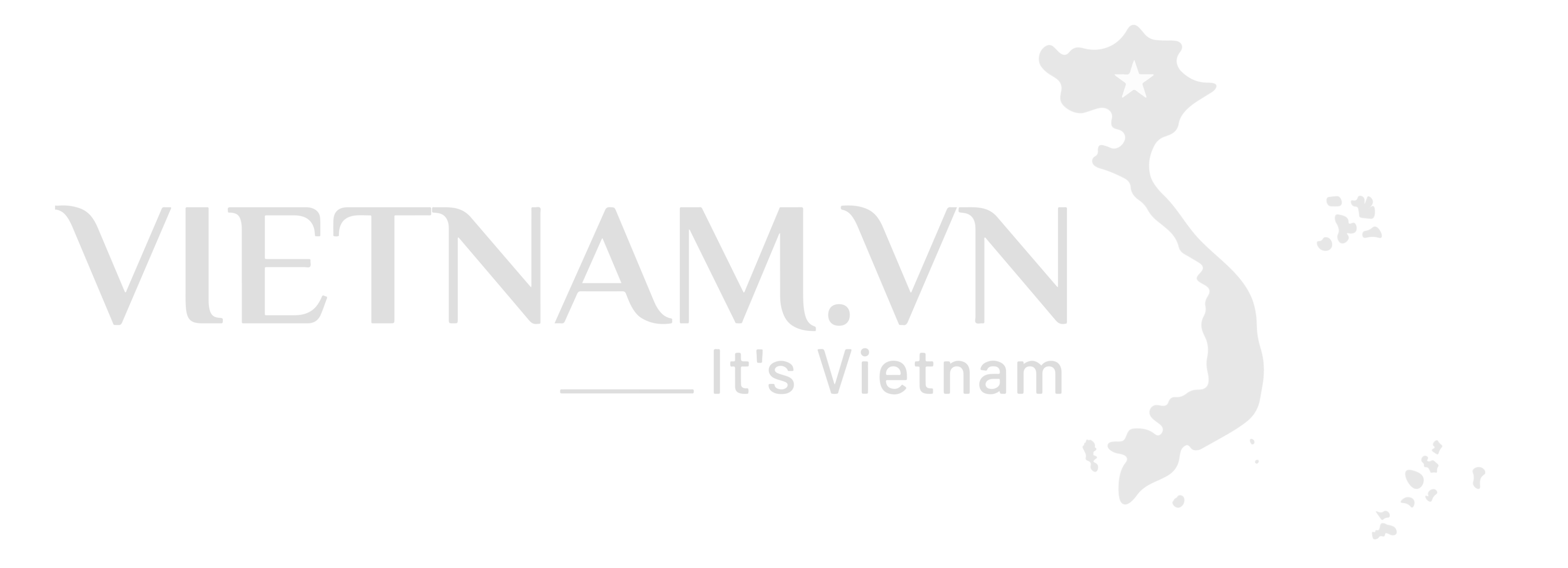



![[Photo] Prime Minister Pham Minh Chinh receives IMF Deputy Managing Director Kenji Okamura](https://vphoto.vietnam.vn/thumb/1200x675/vietnam/resource/IMAGE/2025/9/18/bc66071867d8445288972497f498990c)
![[Photo] National Assembly Chairman Tran Thanh Man attends the first plenary session of AIPA-46](https://vphoto.vietnam.vn/thumb/1200x675/vietnam/resource/IMAGE/2025/9/18/4593de8b5fb349d7a3da4b5de7faccf6)



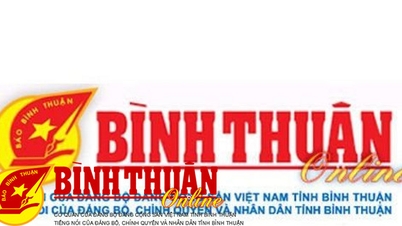






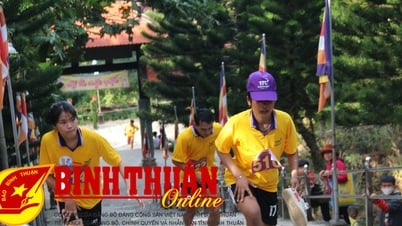
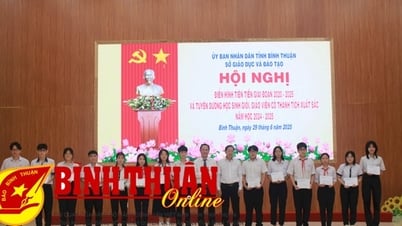

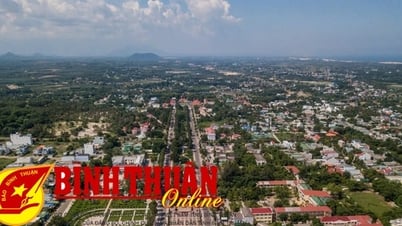
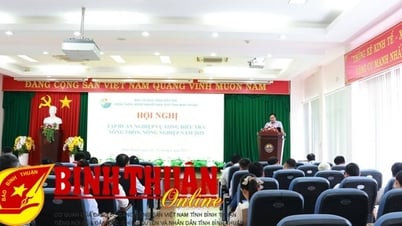






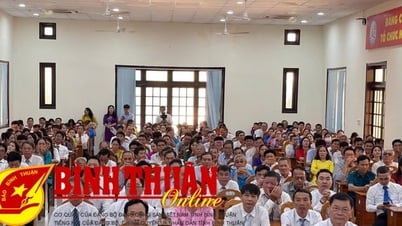
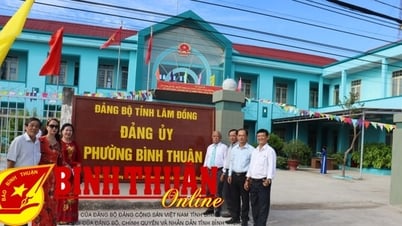
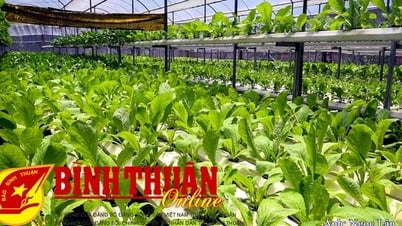

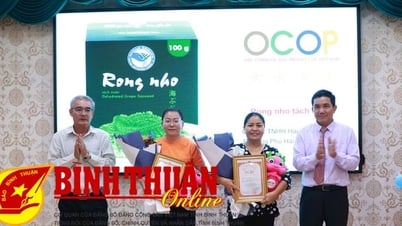

![[Photo] National Assembly Chairman Tran Thanh Man begins attending AIPA-46 activities](https://vphoto.vietnam.vn/thumb/1200x675/vietnam/resource/IMAGE/2025/9/18/73487ff8ed57412eab9211273946c14d)

![[Photo] Inside the Imperial Academy relic of Hue Citadel before the hundred billion dollar restoration](https://vphoto.vietnam.vn/thumb/1200x675/vietnam/resource/IMAGE/2025/9/18/77fd186af68341b1a8bffd072fa896a6)


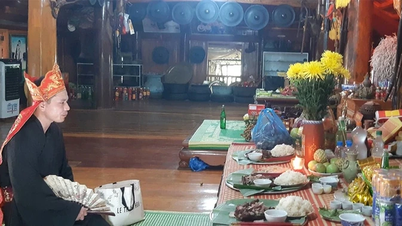







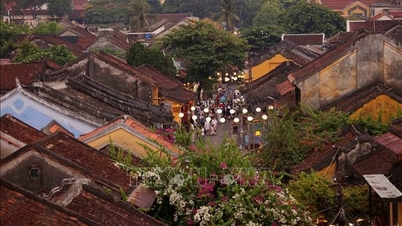




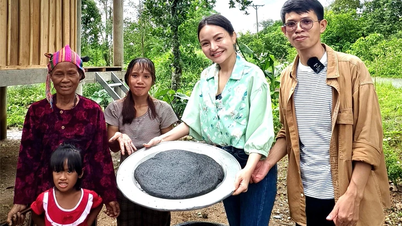
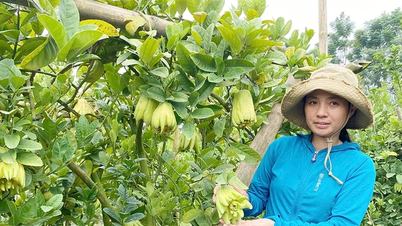



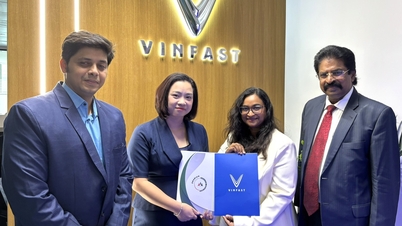





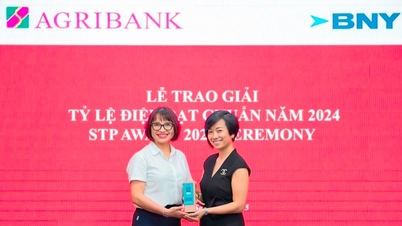







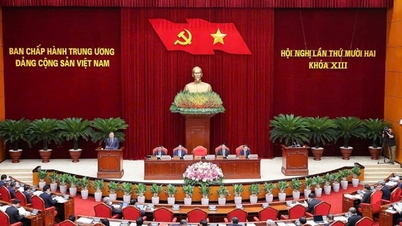






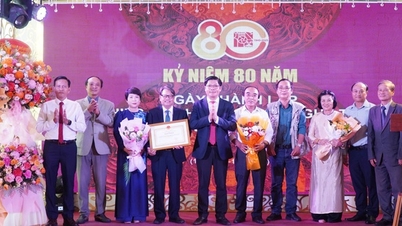










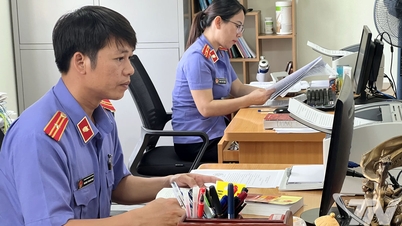



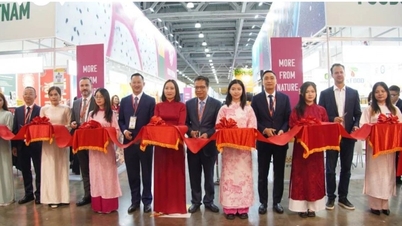












Comment (0)